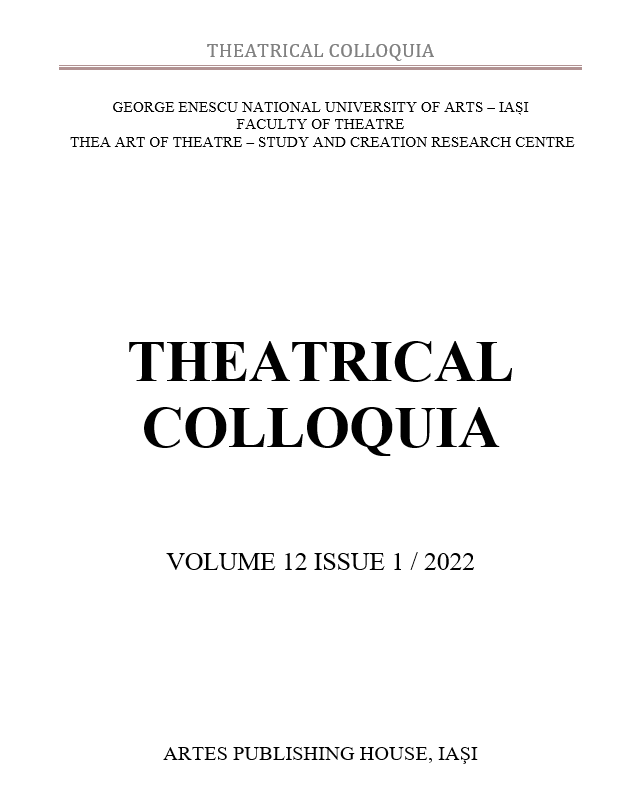Theatre as a Public Service. Tendencies and Relevance
Theatre as a Public Service. Tendencies and Relevance
Author(s): George CostinSubject(s): Theatre, Dance, Performing Arts, Fine Arts / Performing Arts, Methodology and research technology
Published by: Editura ARTES
Keywords: theatre; audience; public; axiology; relevance; ideology;
Summary/Abstract: The article is an analysis of recent studies of non-governmental organizations (World Economic Forum) which have generated cultural strategies and which are today influencing the relationship between the society and the forms that organize and finance culture. The article also analyses the way in which the cultural strategies generated by these studies are manifesting themselves in the theatrical landscape in Romania: the polarization of the theatrical speech, the standardization of the means of expressing messages on the stage and the offensive brought by the non-governmental organizations. Starting from the context aforementioned, we need a research regarding the way ideological trends are influencing the way we represent things on the stage and are modifying the axiology of the theatre. I’m talking about notions that are necessary to establish a frame and some standards of evaluation regarding the theatrical domain: competence and relevance. How are they defined? How and who can measure them? It is also of utter importance to analyze the terms and notions that are used in the recent and most acid critic reviews of the theatre productions in Romania: independent theatre, state financed theatre, gigantic productions, alternative spaces, the under-financing of the cultural sector, management, cultural management experts, etc. Last but not least, the article mentions the way in which some of the most influent characters involved in the theatre world of the 20th century have looked to what is the problematics of researching the theatrical act: Ariane Mnouchkine and Peter Brook. Is there innovation in a multi-millennial art? Is theatre something else than an art of the present which is serving the city? We are crossing a period of time in which, also due to the restrictions generated by the pandemics, it was debated in the public space (and the authorities have encouraged that idea) to move the theatre in the on line. Starting from the premise that the theatre without an audience stops being theatre, I will analyze, in the context described earlier, the relationship between theatre and the new trends in the Euro-Atlantic culture: progressivism and digitalization.
Journal: Colocvii teatrale
- Issue Year: 12/2022
- Issue No: 1
- Page Range: 217-228
- Page Count: 12
- Language: English

